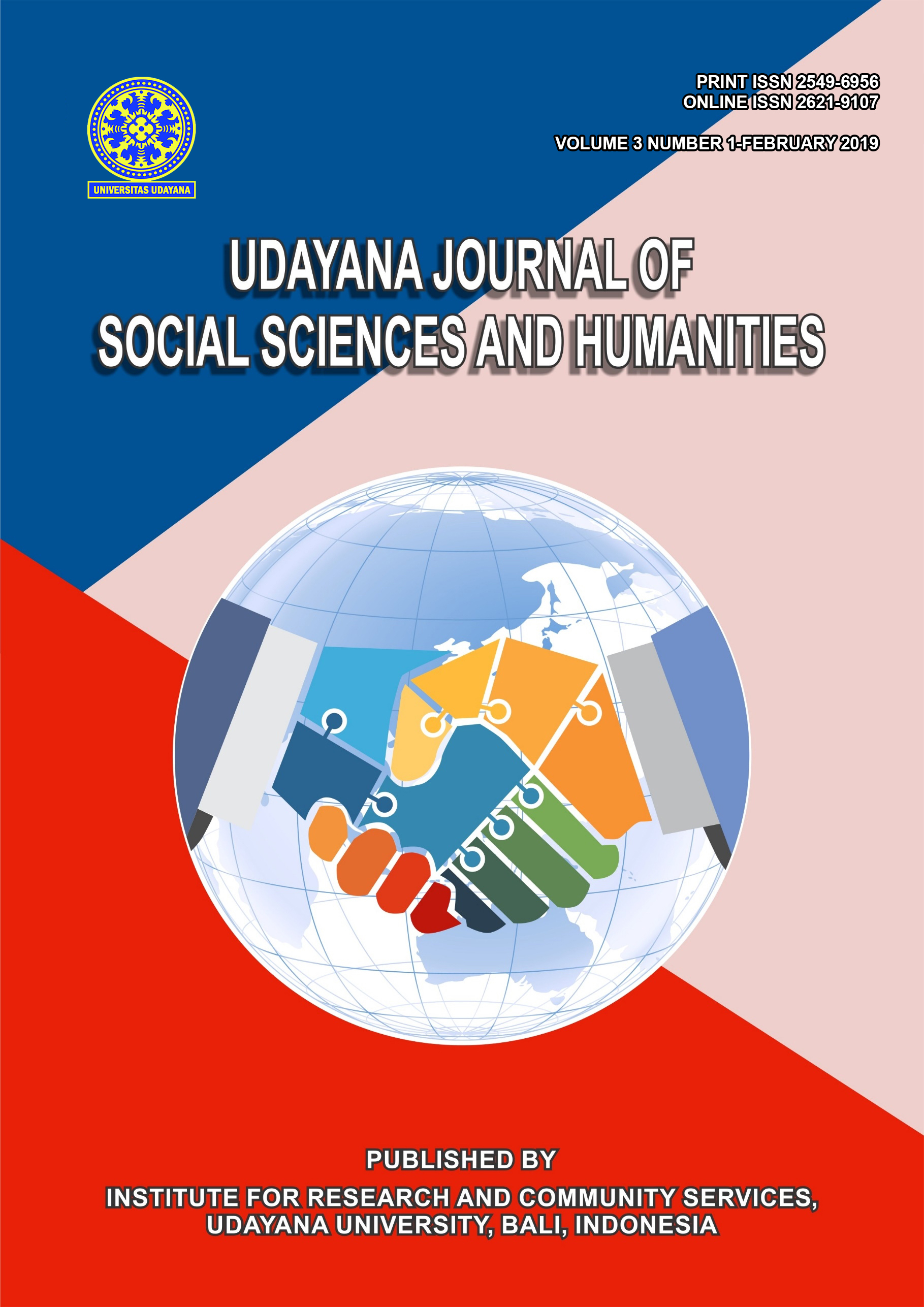A Study of the Narrative Discourse in Balinese Malay Language to Increase the Culture of Literation
Abstract
The purpose of this study was to find the discourse system. By using observation methods, the data collected in the form of oral and written data by informants in the village of Loloan, Jembrana, Bali. The data obtained were processed through speech analyzer and analyzed based on discourse theory. This research was very important to be implemented because it can provide theoretical linguistic benefits in the field of discourse. The discourse studies will apply various concepts in the field of discourse, both variant and universal. The application of various concepts (theories) is seen in the discovery of unique characteristics of Balinese Malay language. These various findings are certainly very useful because they are a contribution to the treasures of Indonesian discourse theory and linguistics in general. For applied linguistics, this research is useful especially in terms of the application of discourse patterns in language teaching, both Malay and Indonesian. With the recognition of the Balinese Malay language discourse formation pattern, the teachers of Malay and Indonesian languages can develop discourse formation methods and discourse analysis, both in the form of lecture modules and in the form of textbooks. It is also related to the tradition of sharing partners, both oral and written. Thus, this study can improve the culture of literacy (read-write) in the Balinese Malay community.






